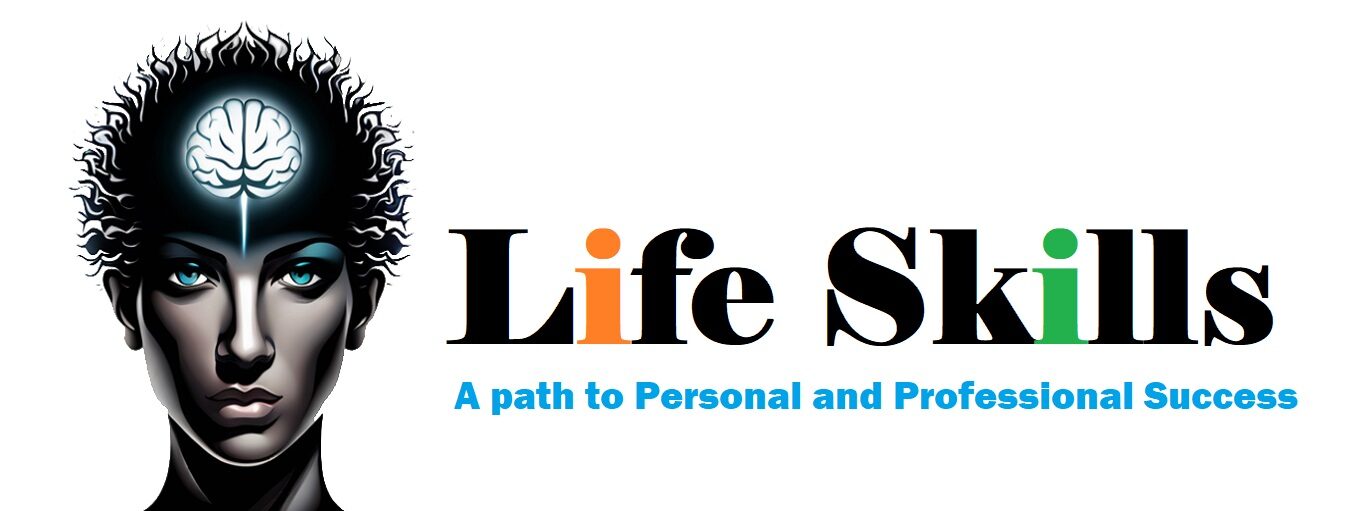Our Latest Post
Empower Your Career: Mastering Active Listening Techniques
Introduction In the contemporary bustling realm of professional engagements, the paramount importance of effective communication…
Difference Between Healthy and Unhealthy Coping Methods
Coping methods are strategies individuals employ to deal with stress, challenges, or difficult emotions. However,…
Unlock Your Potential: The Importance of Coping Skills in Daily Life
In today’s fast-paced world, mastering coping skills is not just an option; it’s a necessity….






